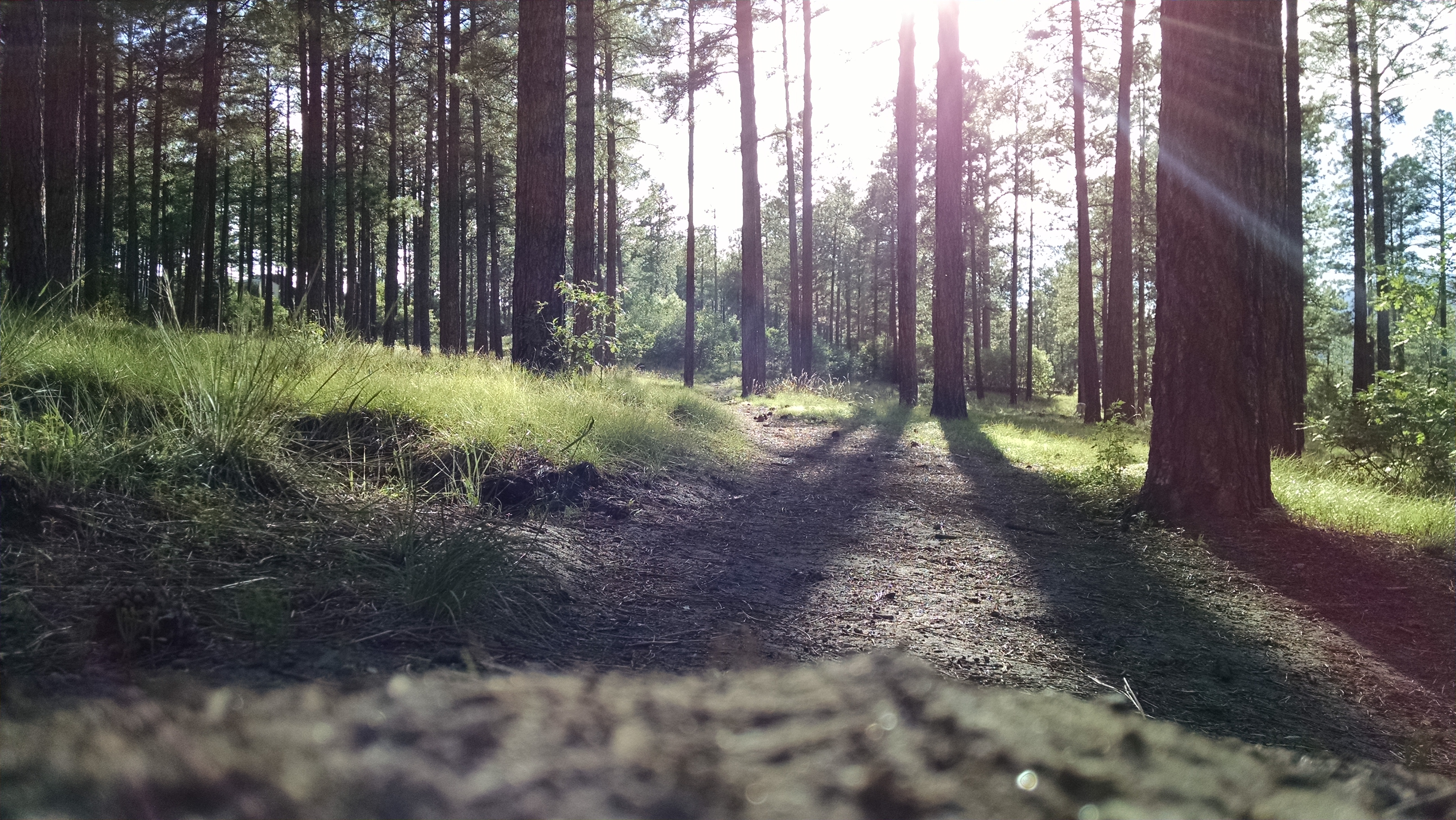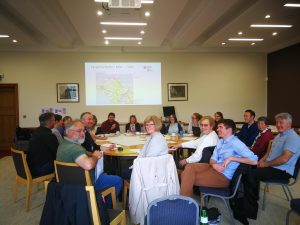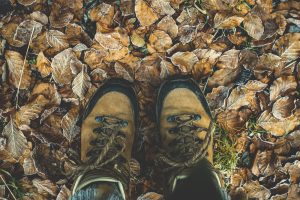
With well-being a major concern (and growing market trend) across the globe, we catch up with one researcher who is shining a light on the situation closer to home.
Between 2015-2018, the market value of the health and wellness market in the UK grew to 20.5bn. In Western Europe as a whole, the number increased from 120bn in 2015 to more than 130bn in 2018. But away from food trends, yoga studios and fitness regimes there are greater challenges. With an increasing population and greater demands on NHS resources, there are pressures on individuals and organisations tasked with helping them. But new legislation first seen in Wales is changing the emphasis away from health and economic growth and instead to well-being as a marker of national progress.
Through her research, Elizabeth Woodcock is highlighting new collaborative ways some public bodies are working with third sector organisations to fuse two very different but necessary goals together under one umbrella: improving wellbeing and the environment around us. The common thread with this work? Embedding the long-term goals of the Well-being of Future Generations Act so that it works on a practical level.
Elizabeth shares the story of how the work emerged in North Wales:
It started two years ago with members of the North Wales Wildlife Trust (NWWT) saying that they wanted road verges in Wales to be better managed for wildflowers and biodiversity. Natural Resources Wales (NRW), the Public Health team at Betsi Cadwaladr and the Local Authority were interested in finding ways of working more closely together and with the Trust. We realised that if we were going to collaborate instead of campaigning, we would have to find a way that managing road verges was good for the public bodies as well as for the wildlife trust members. We started to think about road verges as a corridor for wildlife, and then about lots of other corridors for wildlife that might run alongside paths, hedges, streams, cycle tracks and so on and help people travel and connect; we called them ‘wild pathways’.
“If we could collaborate to manage all these routes for wildlife as well as people that would be good for NRW, because it would get people into nature, it would be good for public health because it would help people be more active ‘on the doorstep’, and it would be good for the Wildlife Trust because it would create wildlife habitats.”
Most would agree that on an ecological level, there’s a greater imperative for more natural environments to help wildlife and nature thrive, but how can councils be persuaded of the case for more wildlife pathways when so many community councils campaign for ‘tidy’ spaces? There are so many considerations to take into account when managing public spaces. Elizbeth says there is a need to bring somewhat disparate community groups together and find a new way of managing verges and pathways. Speaking to groups in Gwynedd and Anglesey, her research group found that rather than resistance or distrust, the groups were enthused about working together.

In Tywyn in south Gwynedd the researcher group joined local North Wales Wildlife Trust (NWWT) branch members for a country walk where members learned how to identify wildflowers. Welsh learners group ‘Club Cymraeg’ came along to find out flower names in Welsh, and the Exercise by Referral officer from the Leisure Centre met up with her group to join the walk for a different kind of exercise. Now members of Tywyn’s Wellbeing group regularly meet the Exercise by Referral group to go for a walk in Tywyn. They look for wildflowers as one way of motivating the group – and keeping everyone together. They have even been involved in litter picks with NWWT’s marine project ‘Living Seas’ to improve the coastline for wildlife.
“This collaborative approach means that everybody takes part for their own benefit but the way the activity is designed also helps wildlife. That way we can help people and public bodies to cope with all the different pressures on their lives and still help each other and wildlife.”
Elizabeth’s research is particularly poignant when considering the disconnect members of the public may feel between their busy working lives and the natural environment around them. With other research showing increasing rates of depression and anxiety for young people and fears about unsupervised outdoor play for young children, are we creating the perfect storm? Elizabeth’s research group found some of these themes evident in their research.
“The way our lives are organised, travelling long distances to work, living in new housing estates where there are no historical pathways, not having safe spaces for children to play outside, all mean we have fewer opportunities to be physically active. 30% of children in Gwynedd and Anglesey are overweight by the time they start school. It is not their fault or their parents’ fault; it is the way our lives are organised. And these children are an indicator, just like canaries in the mine that the whole community’s health is suffering.”

Going further this time, the research group started looking at ‘Area Statements’, where Natural Resources Wales outlines its priorities for the environment and allocates resources and funding to projects addressing these concerns. By comparing and matching these with the way local schemes manage ‘social prescribing’ (helping people to change the non-medical things in their lives that are making them unwell), then individual well-being and local ecological needs can be addressed.
With this model, people might be prescribed medication but also referred to a link worker who would ask you about your lifestyle and your hopes and worries. Together, they both decide what they could do that would help them address their worries. This might be talking to Citizen’s Advice about debt or going to a Men’s Shed to make things and just be in other men’s company, or it could be getting out in the fresh air to plant trees. The way social prescribing works in Anglesey is that the link worker also tries to develop activities and groups if what people need does not yet exist in their community. It’s an ambitious plan.
“If we took the idea of ‘Wild Pathways’ and linked it to social prescribing and Area Statements then we would have a way to coordinate environmental activities in each ‘area’ so that they benefit both ecology and people’s health and build local communities’ resilience.”
This research outlines how a ‘social-ecological’ strategy can help environmental teams to find out which pathways and networks would simultaneously help both local communities and wildlife. This could involve going for a walk with the environmental teams, getting involved in planting, improving access and maintaining networks. These networks or ‘green infrastructure’ will add to the community’s physical assets, helping its resilience.

But there are challenges of course. Partners are often time and cash poor. Coordination between agencies, GPs and local groups can inevitably be patchy and inconsistent. Although keen and open to the strategy, the partners want to be sure that they won’t be distracted from their primary aims– whether for the environment or community assets building. As one North Wales Wildlife Trust trustee expressed it ‘well-being: is the tail wagging the dog?’.
But the collaborative research team say there is uncapped potential for this model, which is based on the principles of ‘integration of interests’ and ‘reciprocal benefit’. The collaborative strategy means that each organisation focusses on its own aims, but the work is organised in a way that benefits the other partners’ aims, reciprocally.
“Wild Pathways is a strategy that shows how we can contribute to national well-being by taking a place-based approach, integrating interests and working for reciprocal benefit. It is possible to develop a mutually beneficial strategy, but this process needs good communication… We found that a process of dialogue and critical understanding of the wider social pressures and expectations, helps bring together everyone’s concerns in a reciprocally beneficial strategy.”
The partner list involved in the scheme is impressive. Anglesey Council’s AONB team, Dŵr Cymru and Public Health Wales are all seeing the benefits. One Senior Public Health Practitioner at Betsi Cadwaladr said of the project “We know that these things can enrich people’s lives and sustain better health and well-being, thus contributing to a healthier, happier Gwynedd and Anglesey”.

Elizabeth Woodcock is a Sociology and Social Policy PhD student at Bangor University. Her research examines the conditions for cross-sector collaboration in Wales in the context of the Well-being of Future Generations (Wales) Act 2015, asking the question: ‘How can a third sector environmental organisation collaborate with public bodies to maximise its contribution to national well-being while at the same time increasing the impact on the environment?’. She is also involved in assisting the Wildlife Trust as they adopt some of the collaborative principles from her research. She will begin a new piece of research in autumn 2020 which will look at different interpretations of well-being in England, Wales and Scotland.




